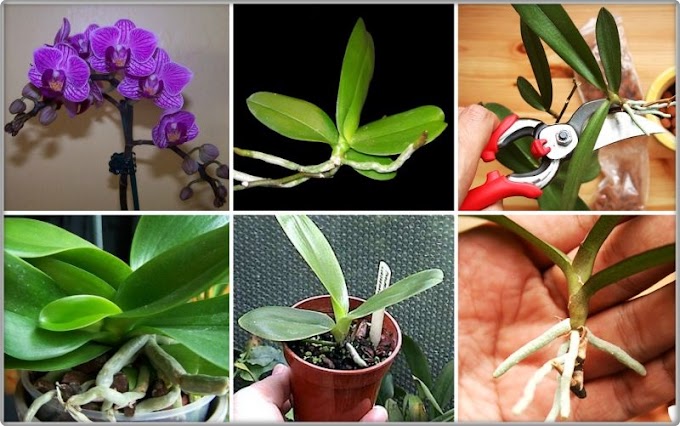A mature Echeveria plant, with waxy leaves resembling a rose, is a beautiful sight to behold. Although they originate from Mexico and Central America, these drought-tolerant plants can be grown from seed in many parts of the world. By following the process outlined below, advanced and beginner gardening enthusiasts can grow their own Echeveria plants from seed.
Preparing Seeds for Planting
Gardeners must ensure that they use fresh Echeveria seeds to grow their plants. Old seeds germinate rarely, and they often fail to grow well. Once gardeners have sourced suitable seeds, they mix these seeds with approximately twice the volume of fine sand and stir the mixture gently with a toothpick. Echeveria seeds are black and tiny, so the resulting mixture resembles a fine, multi-colored powder.
Planting Seeds
Successful Echeveria plants require plant pots with an average diameter measuring 4 inches (10 cm). These pots should be filled with a well-draining, soil-free potting mix. Gardeners purchase this potting mix from an online or brick and mortar retailer, or they can make their own. Each pot requires firm tapping against a bench or table to settle the potting mix. The gardener gathers a pinch of sand and seed mixture between finger and thumb and carefully sprinkles it over the soil, so that each pot has a sparse covering.
Germinating Seeds
To encourage germination, gardeners place their pots with the Echeveria seeds in a tray filled with water. This setup allows the soil in each pot to absorb water from the bottom. The tray is placed in a location with bright but indirect light at a temperature around 65 degrees Fahrenheit (18 degrees Celsius). It is important to maintain the correct the temperature, as Echeveria seeds do not germinate above 70 degrees Fahrenheit (21 degrees Celsius). The pots can be covered with a piece of plastic wrap to keep the surrounding air humid. Every so often, gardeners add water to the tray to keep the potting mix moist.
How to Spot Signs of Germination
Around three weeks after the seeds are planted, tiny leaves should start to appear. Once this happens, gardeners remove the plastic covering to give the tiny seedlings access to fresh air. They must watch out for fungal infections, which are common in Echeveria seedlings during the first two months of growth. If any fungus is visible, gardeners should treat all their pots with fungicide.
How to Care
When the Echeveria seedlings have grown to fill their pots, they must be moved into larger pots. A pot that is slightly larger than each plant’s root ball is the ideal size, since a large volume of potting mix can hold too much moisture and pose a risk to rotting in the ground. Adult Echeveria plants require less water than seedlings, and they are watered only when their potting mix feels dry to the touch. Echeveria plants also require little fertilizer; a dose of dilute liquid fertilizer at the beginning of spring is enough to fuel their growth. As Echeveria are related to cacti, they grow well with specialist cactus fertilizer or a general-purpose fertilizer with a low nitrogen content. Although these plants can thrive outdoors during the summer, they do not like cold temperatures. Gardeners residing in places that experience frost should bring these plants inside during the winter months.
Conclusion
Growing Echeveria from seed is a rewarding activity. As long as the seeds are fresh and the conditions are right, gardeners soon see fresh green leaves where once there were only a few Echeveria seeds.
Source: ebay.com
Links:
Back to the Genus ECHEVERIA
SUCCULENT PLANTS Browse succulents by Scientific Name, Common Name, Genus, Family, USDA Hardiness Zone, Origin, or cacti by Genus
Links:
Back to the Genus ECHEVERIA
SUCCULENT PLANTS Browse succulents by Scientific Name, Common Name, Genus, Family, USDA Hardiness Zone, Origin, or cacti by Genus




